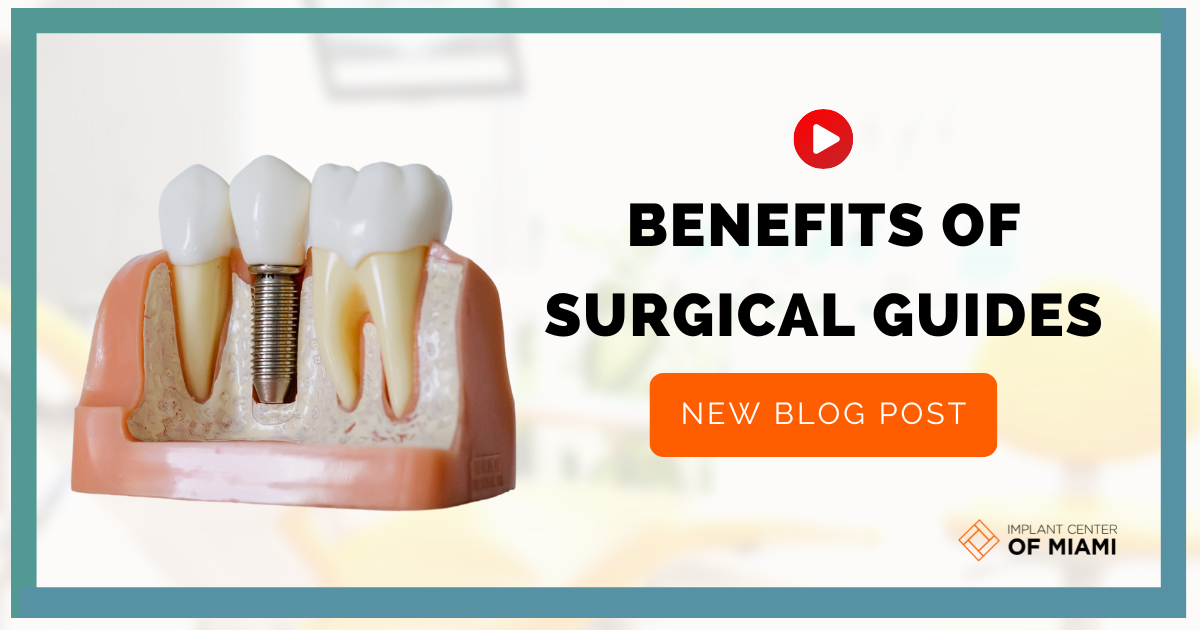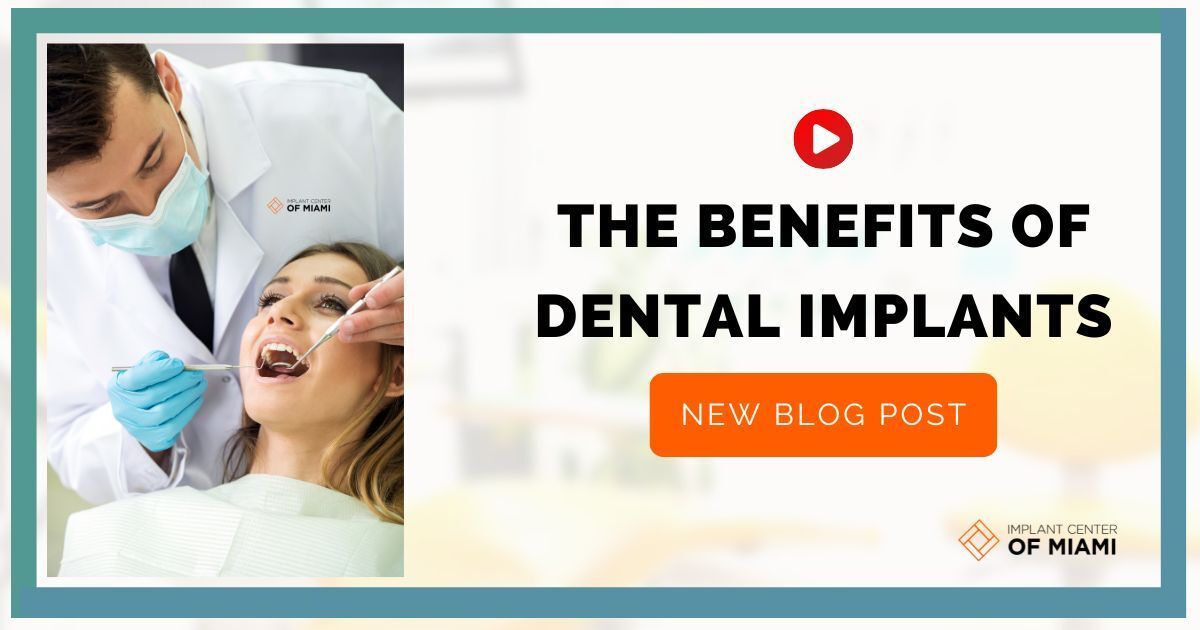Understanding Periodontal Disease: Causes, Symptoms, and Treatment
Periodontal disease, commonly known as gum disease, is a prevalent condition affecting the gums and supporting structures of the teeth. It ranges from simple gum inflammation to severe disease that can result in major damage to the soft tissue and bone supporting the teeth. This article delves into the causes, symptoms, and treatment options for periodontal disease.
What is Periodontal Disease?
Periodontal disease is an inflammatory condition primarily caused by bacteria in dental plaque. If not adequately addressed, it can lead to tooth loss and has been linked to other systemic health issues.
Causes of Periodontal Disease
- Plaque Buildup: The primary cause of gum disease is the buildup of plaque, a sticky film of bacteria.
- Tobacco Use: Smoking or chewing tobacco can increase the risk.
- Hormonal Changes: Fluctuations during pregnancy, menstruation, and menopause can make gums more susceptible.
- Medications: Some drugs can affect oral health.
- Illnesses: Diseases like diabetes can increase the risk of developing gum disease.
Symptoms of Periodontal Disease
- Swollen or red gums
- Bleeding gums when brushing or flossing
- Persistent bad breath
- Receding gums
- Loose teeth
Treatment Options
- Professional Cleaning - Regular dental check-ups and cleanings can prevent or catch the early stages of gum disease.
- Scaling and Root Planing - Deep-cleaning method that removes plaque and tartar from below the gumline.
- Medications - Antibiotics and antiseptics can be prescribed to manage infections.
- Surgical Treatments - In advanced cases, procedures like flap surgery or bone and tissue grafts might be necessary.
Prevention and Care
Maintaining good oral hygiene, regular dental visits, and a balanced diet are key to preventing periodontal disease.
Dental Financing Options
Checking your options will not impact your credit score!
Apply Online in 30 Seconds
Fund Your Account
Start Your Treatment
Read Our Blog





